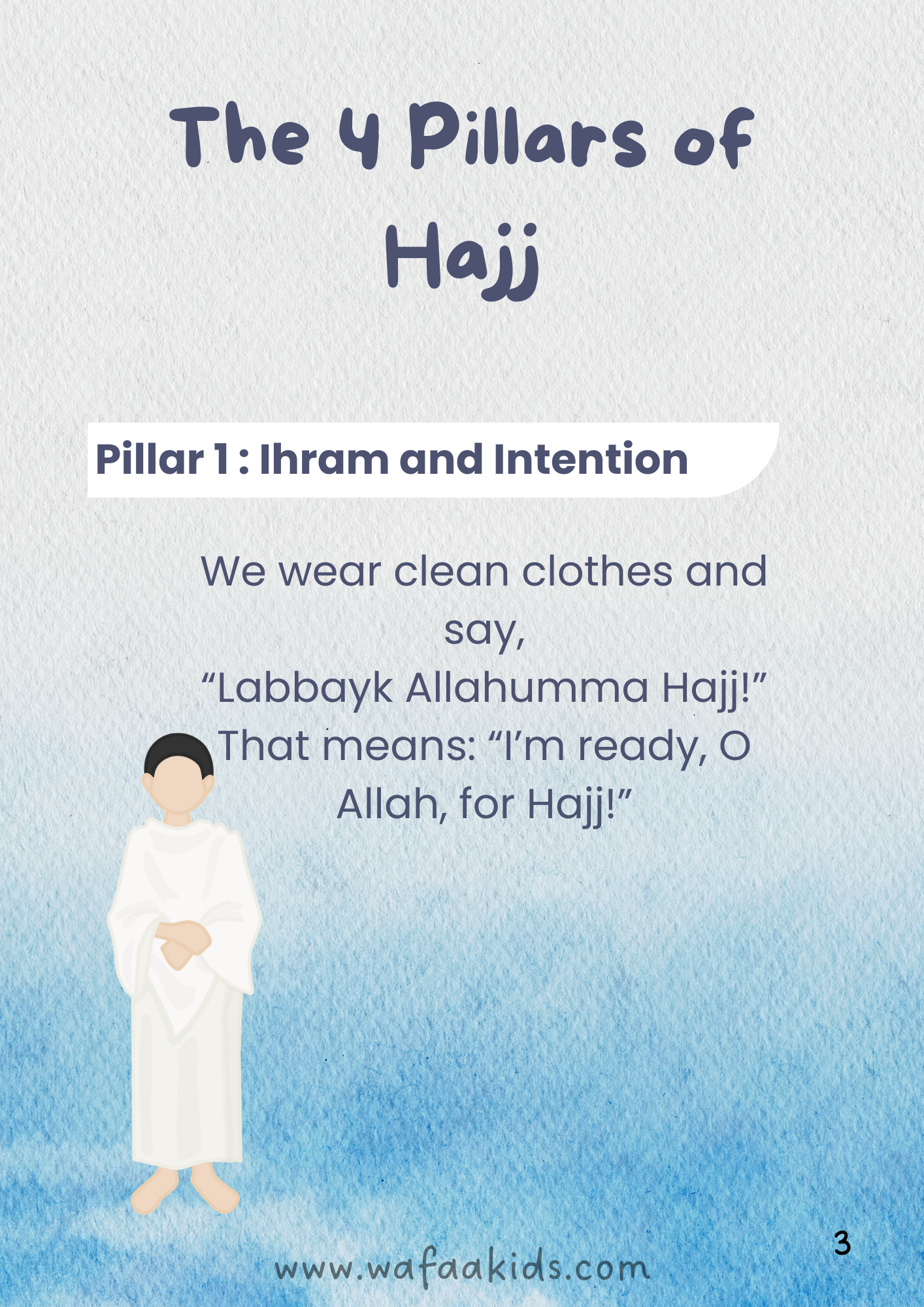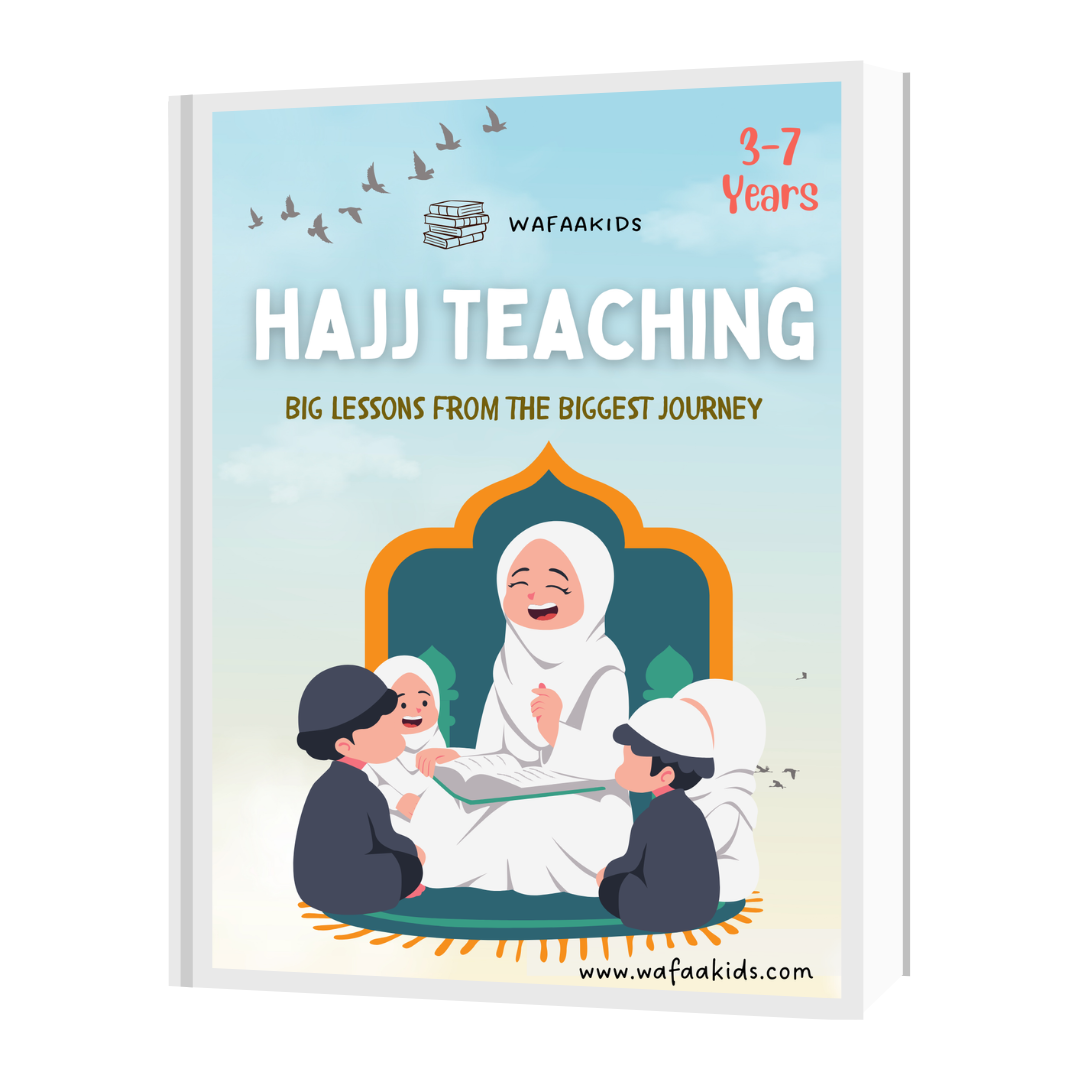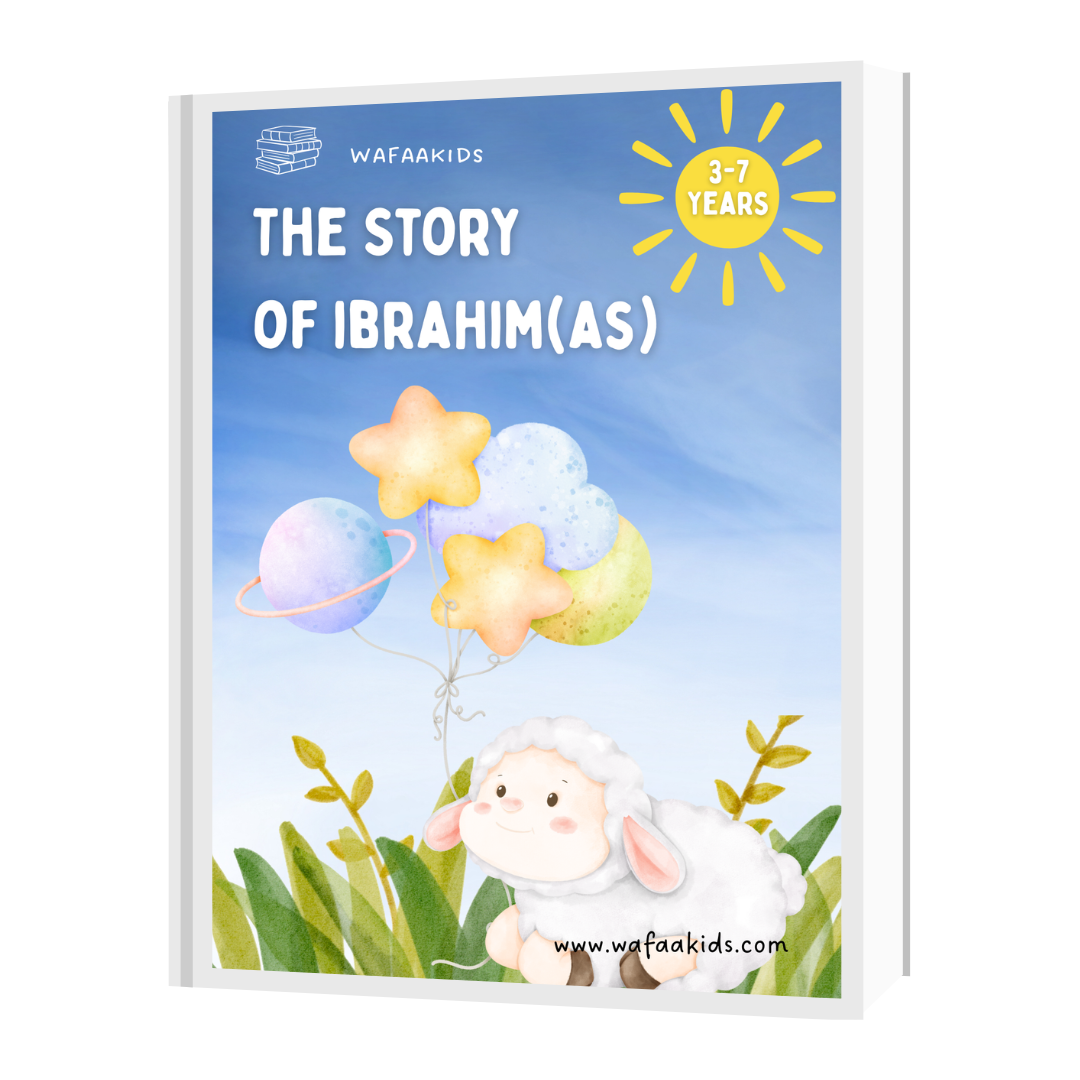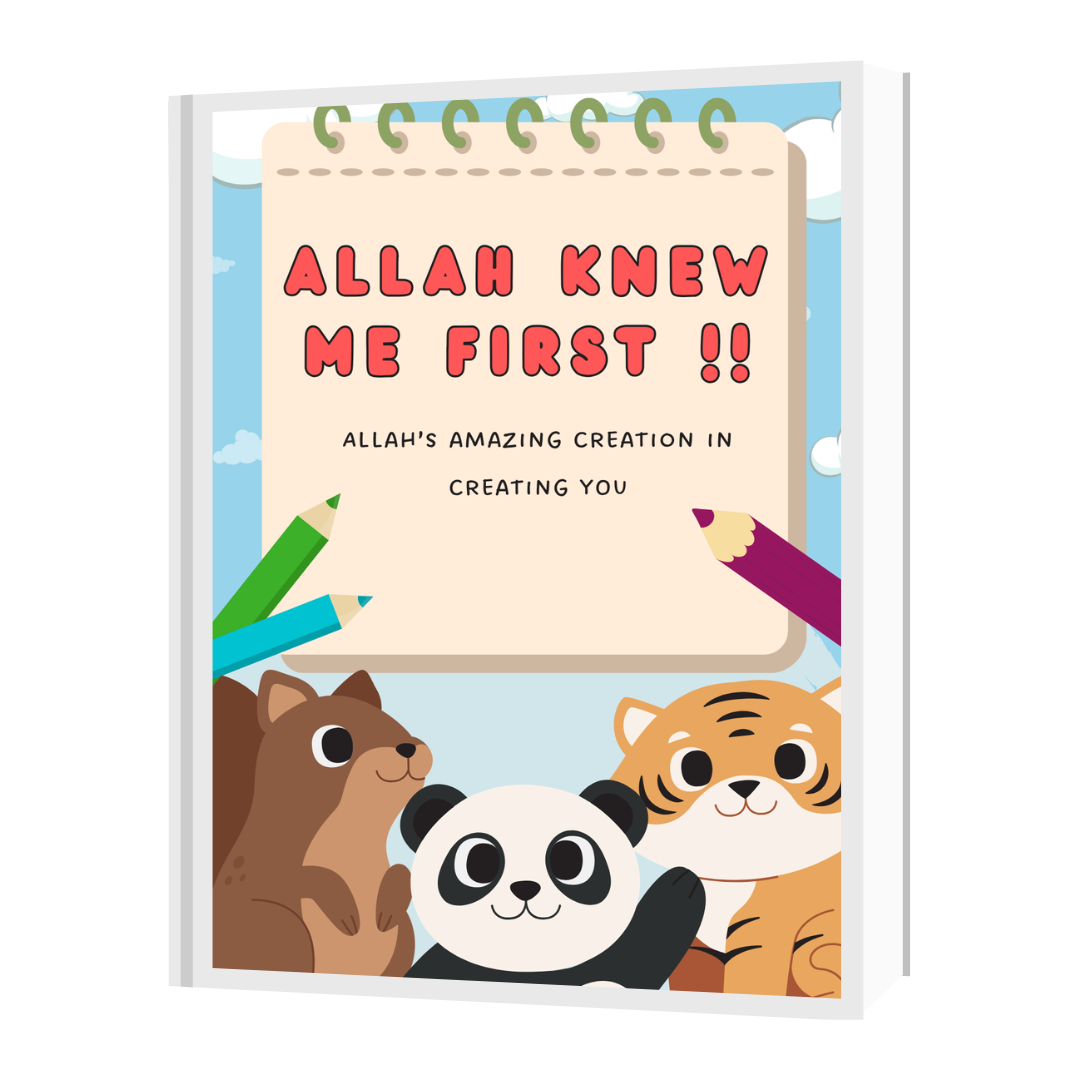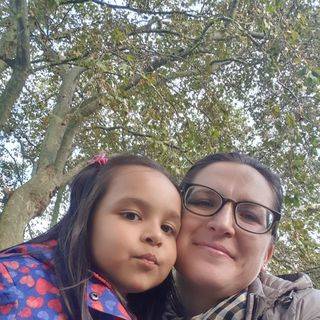why do islamic women wear a hijab?
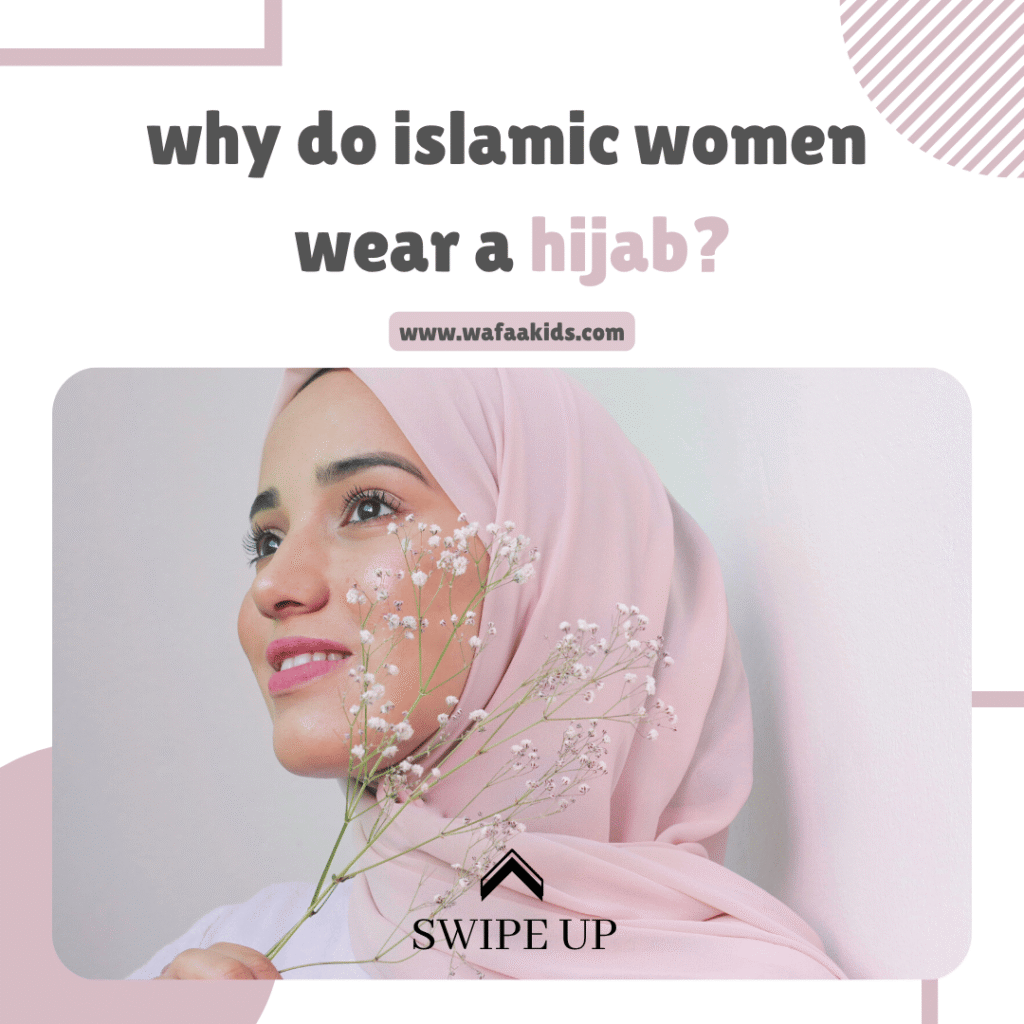
A Sacred Symbol: Why Do Islamic Women Wear a Hijab?
In a world of diverse cultures and visible identities, few symbols are as immediately recognizable—or as widely misunderstood—as the hijab. For many, the sight of an Islamic woman in a headscarf prompts a spectrum of assumptions, from oppression to piety. But for the more than one billion Muslims in the world, the answer is far deeper. The question, “Why do Islamic women wear a hijab?” unveils a complex and profound intersection of faith, identity, and personal choice.
While cultural interpretations vary, the primary motivation for wearing the hijab is not cultural, political, or social. It is, first and foremost, a religious and spiritual act—an act of obedience to God and a declaration of a deeply held faith.
This article explores the theological roots, the spiritual philosophy, and the personal liberation that lie at the heart of this sacred practice.
1. The Divine Command: The Quranic Foundation
The most direct answer to “why do Islamic women wear a hijab” is simple: because they believe God (Allah) has commanded it. For a believing woman, the hijab is an act of worship (ibadah), just like daily prayers (Salah) or fasting in Ramadan (Sawm). It is a submission to a divine wisdom that transcends societal trends and personal preferences.
This instruction is found in the Quran, Islam’s holy book. While the Quran does not use the modern word “hijab” (which literally means “barrier” or “curtain”), it lays down the principles of modesty and covering. The two key verses are:
Surah An-Nur (The Light) 24:31: In this verse, God commands the believing men to “lower their gaze and guard their private parts.” He then addresses the believing women, telling them to do the same and “not display their adornment except what [ordinarily] appears thereof and to draw their veils [khumur] over their bosoms…” This verse establishes that modesty is a requirement for both men and women and specifically instructs women on a method of covering.
Surah Al-Ahzab (The Combined Forces) 33:59: “O Prophet, tell your wives and your daughters and the women of the believers to bring down over themselves [part] of their outer garments. That is more suitable that they will be known and not be abused. And ever is Allah Forgiving and Merciful.”
From these verses, Islamic scholars have derived the religious obligation for a woman to cover her body, with most agreeing this includes everything except the face and hands, in the presence of men who are not close relatives. The primary motivation, therefore, is to fulfill a divine commandment.
2. Haya: The Inner Dimension of Modesty
The physical scarf is only one part of the equation. It is the outward manifestation of an inner, foundational Islamic value: Haya.
Haya is a rich term often translated as modesty, shyness, self-respect, and God-consciousness. It is a quality of the heart and character that applies to both men and women. A Muslim man expresses haya through his speech, his conduct, and by lowering his gaze. A Muslim woman expresses it in the same ways, with the hijab serving as a physical extension of that inner state.
A woman who wears the hijab is, in essence, making a statement: “I am a woman of haya.” She is signaling that she wishes to be interacted with on a level of intellect and character, not on the basis of her physical appearance or sexual appeal. It is a deliberate choice to shift the focus from her external beauty to her internal worth.
Instilling these deep values of faith and identity starts when children are young. At Wafaakids.com, our beautifully illustrated Islamic ebooks help you teach children the foundational stories of our faith and prophets.
3. Identity, Protection, and Pride
In a world where one’s identity can be fluid, the hijab is a constant, unambiguous declaration: “I am a Muslim.” It is a source of immense pride and a clear marker of her faith.
This connects back to the verse in Surah Al-Ahzab: “…that they will be known…” In wearing it, a Muslim woman is instantly “known” as a follower of Islam. This serves two functions:
A Form of Protection: By being clearly identified as a woman of faith who values modesty, she sets clear boundaries. It is a sign that she expects to be treated with respect and not be “abused” or objectified. It is a shield, not from the world, but from the kind of attention that degrades a woman to her physical form.
An Ambassador of Faith: She becomes a walking representative of Islam. This responsibility often encourages her to be even more mindful of her conduct, knowing that her actions reflect upon her faith. Many women report that wearing the hijab empowers them to be more patient, kind, and honest, as they are visibly “on duty” as Muslims.
4. Liberation from Societal Standards
This is perhaps the most misunderstood aspect of the hijab, especially in Western societies that often equate “liberation” with “uncovering.” From an Islamic perspective, the hijab is the ultimate form of liberation.
How? It liberates a woman from:
The Tyranny of Beauty Standards: Modern society places an immense, often crushing, pressure on women to conform to ever-changing and unrealistic standards of beauty. Women are in a constant state of being judged, ranked, and valued based on their bodies.
Objectification and the Male Gaze: The hijab is a powerful rejection of this objectification. It is a woman’s way of seizing control of her own body, choosing who gets to see it, and forcing the world to engage with her mind.
The Commodification of the Female Body: In media and advertising, the female body is often used as a tool to sell products. The hijab is a direct protest against this commodification, stating that a woman’s body is her own, sacred and not for public consumption.
For these women, true freedom is not the “freedom” to display their bodies, but the freedom not to. It is the freedom to be valued for one’s intelligence, piety, kindness, and contributions to society, rather than one’s dress size or facial features.
A Choice, Not a Coercion
It is crucial to address the misconception that the hijab is inherently a tool of oppression. While it is true that in some parts of the world, women are forced to wear it, this is a political or cultural coercion, not an Islamic principle. The Quran itself is clear: “There is no compulsion in religion” (2:256).
For the vast majority of Muslim women, wearing the hijab is a deeply personal and often hard-won choice. In many Western countries, women fight for their right to cover, facing discrimination in the workplace and harassment on the street. They choose it despite the social cost, proving that it is an act of conviction, not subjugation.

Prophets Stories
Course
5 - 16 Years Old
Your Child will learn The Prophets stories from cartoon and then we will teach them how to create their own prophet story using the ai.
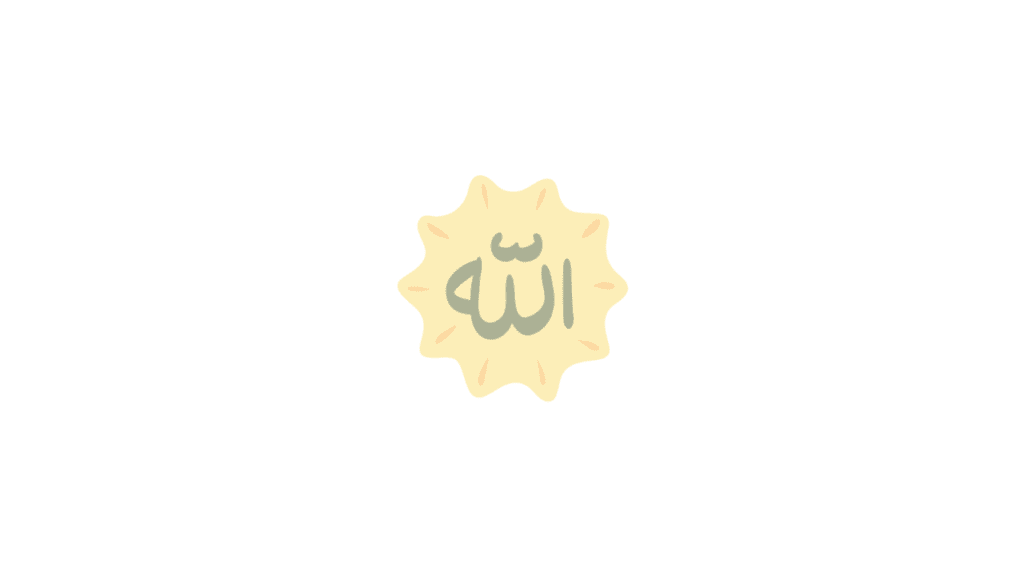
What is islam Course
7 - 16 Years Old
Discover the beauty, history, and teachings of Islam in our What is Islam Course—a clear and engaging introduction for anyone who wants to understand the world’s fastest-growing faith.
Conclusion
So, why do Islamic women wear a hijab? The answer is not one-dimensional.
It is, at its core, a sacred act of worship and obedience to God. It is the physical manifestation of an inner commitment to modesty. It is a proud declaration of Muslim identity, a shield against objectification, and a profound act of personal liberation.
Far from being just a piece of cloth, the hijab is a multi-layered symbol of a woman’s relationship with God, her community, and herself. It is her way of telling the world that she is more than her appearance—she is a mind, a heart, and a soul.
The Last 3 Surah’s
$2.99Original price was: $2.99.$0.99Current price is: $0.99.Prophets Stories Bundle – Islamic Ebooks For Kids
$39.99Original price was: $39.99.$9.99Current price is: $9.99.The Pillars of Al-Hajj and it’s Sunnahs
$3.99Original price was: $3.99.$1.99Current price is: $1.99.What We Can Learn from Hajj ? – E-book
$3.99Original price was: $3.99.$1.99Current price is: $1.99.Eid Al-Adha Fun – Ebook for Kids
$3.99Original price was: $3.99.$1.99Current price is: $1.99.Story of Ibrahim(as) and How Hajj Started
$3.99Original price was: $3.99.$1.99Current price is: $1.99.What is Hajj and How to Do it
$3.99Original price was: $3.99.$1.99Current price is: $1.99.🕋 Hajj Bundle – Islamic books for kids
$9.99Original price was: $9.99.$4.99Current price is: $4.99.Allah Knew Me – Hadith – Islamic Ebooks For Kids
$2.99Original price was: $2.99.$0.99Current price is: $0.99.
Table of Contents
The Last 3 Surah’s
$2.99Original price was: $2.99.$0.99Current price is: $0.99.Prophets Stories Bundle – Islamic Ebooks For Kids
$39.99Original price was: $39.99.$9.99Current price is: $9.99.The Pillars of Al-Hajj and it’s Sunnahs
$3.99Original price was: $3.99.$1.99Current price is: $1.99.What We Can Learn from Hajj ? – E-book
$3.99Original price was: $3.99.$1.99Current price is: $1.99.Eid Al-Adha Fun – Ebook for Kids
$3.99Original price was: $3.99.$1.99Current price is: $1.99.Story of Ibrahim(as) and How Hajj Started
$3.99Original price was: $3.99.$1.99Current price is: $1.99.
Popular Posts
Parents Say About WafaaKids.
4.9
(121 Review) From preply
Alhamdulilah, my son enjoys the lessons. Very systematic learning. If would be great if could include videos of the same topic learnt. Kids learn faster through songs & games insyaAllah. Look forward for the next lesson 👍🏻👏🏼Online Quran Academy
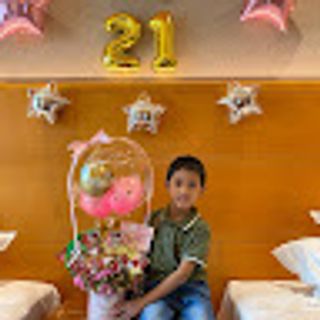
I am glad that I have found WafaaKids for my two kids, the teaching style is very flexible and they know how to keep the students engaged and interested in the topic they are teaching, I hope my kids can learn more from them in the coming days InshaAllah. The Best Islamic stories for kids

My son is 13 years old and he takes lessons with WafaaKids for one hour a week. They are very satisfied and their voluntarily asked for another lesson - otherwise he will never study voluntarily. WafaaKids teacher's responds to the student's wishes, their youthful, polite manner and is highly recommended. Already from the first unit I noticed a progress with my son. I'm very satisfied. Online Quran Academy

I am happy to find WafaaKids to teach my 8yr old daughter, Quran and arabic. she has completed around 10 sessions and never got bored. now she is motivated to learn Quran and looks forward to his classes. I like how he engages with kids by telling them stories and other fun activities. he also makes arrangements to interact with other students and their parents to motivate each other. overall he is a good find and I recommend them especially for kids. The Best Islamic stories for kids
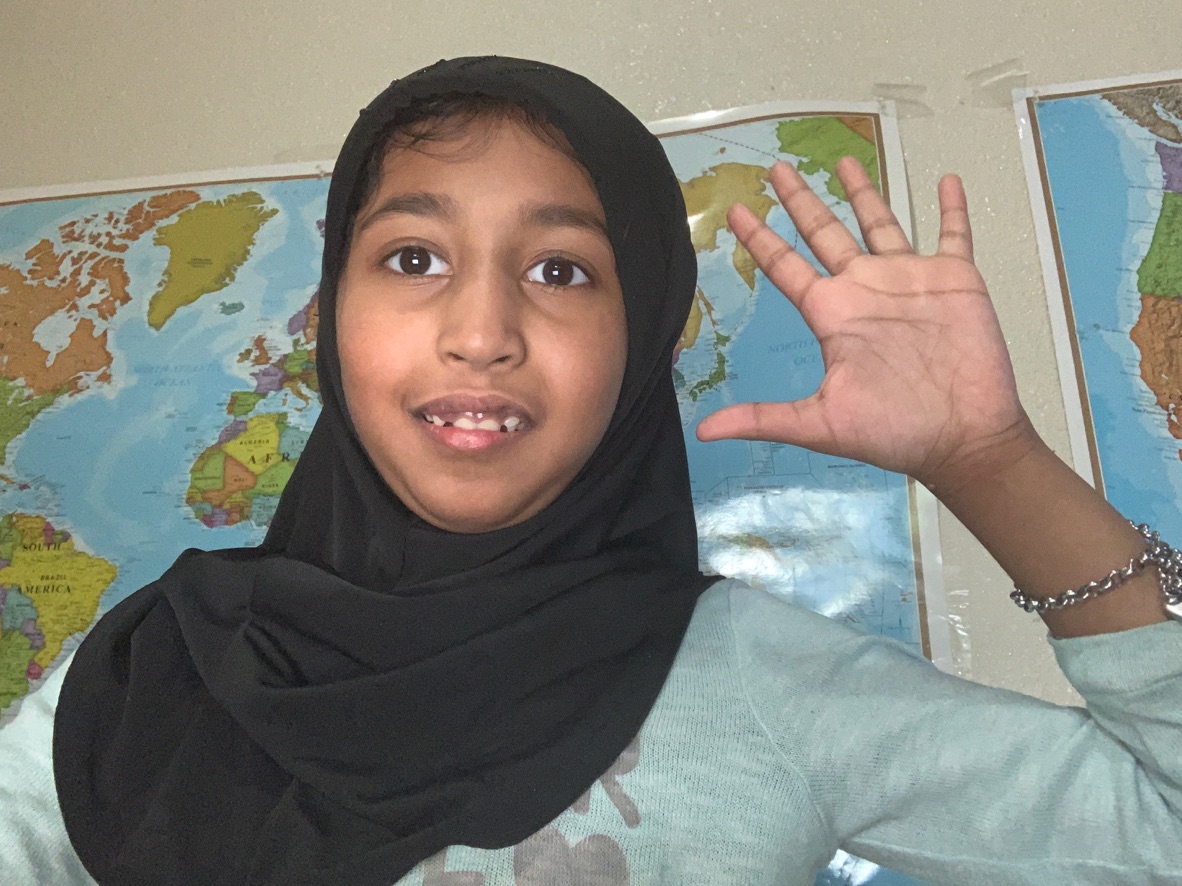
FAQs
You ask, We answer
The first step is to fill out a quick form The Form and we will send you the link of your Trial lesson on your mail and what’s app.
We are providing an onsite lessons only in Egypt, Otherwise will be online via any video call platform like Zoom.
Most students enroll in the Basic plan. The average student at WafaaKids spends around $64 per month. This approximately amounts to 8 teaching hours per month or 2 x 1-hour lessons per week which are suited for most levels and ensure the program goals are met. The pricing can be slightly different depending on the plan.
Over the years, we have had successes with very young students but we recognize that every child is different and some might have difficulty interacting with a teacher online. In general, we found that starting from age 7, there are rarely any issues with teaching online.
For younger ages, a guardian might need to accompany the student during the lessons initially to provide support until the student gets used to his/her teacher.
We understand that quality education can get expensive and therefore we offer a number of discounts to maximize the benefit for our students enrolled in our programs.
(1) Family Discounts: Students enrolled in our Basic and Pro plans receive 10% and 5% off respectively when 2 or more members of their family are enrolled in the same plan.
(2) Zakat Fund: For students who experience financial hardship, WafaaKids maintains a Zakat eligible fund that is used towards partially or fully subsidizing fees. You will be required to provide documentation to demonstrate your eligibility.






